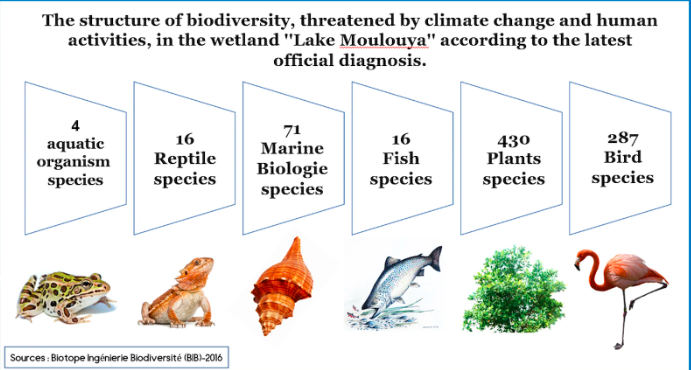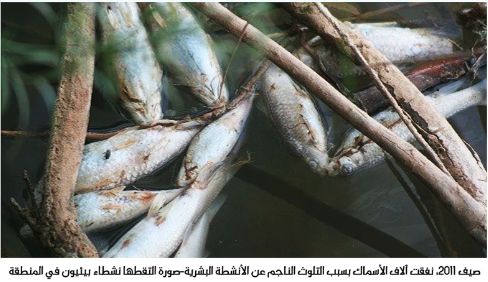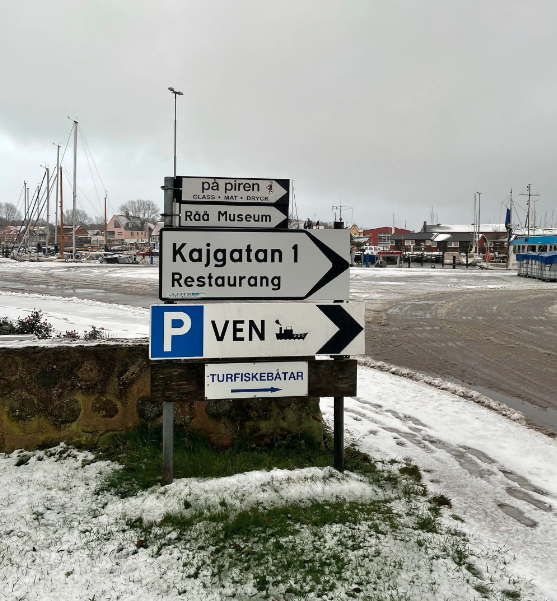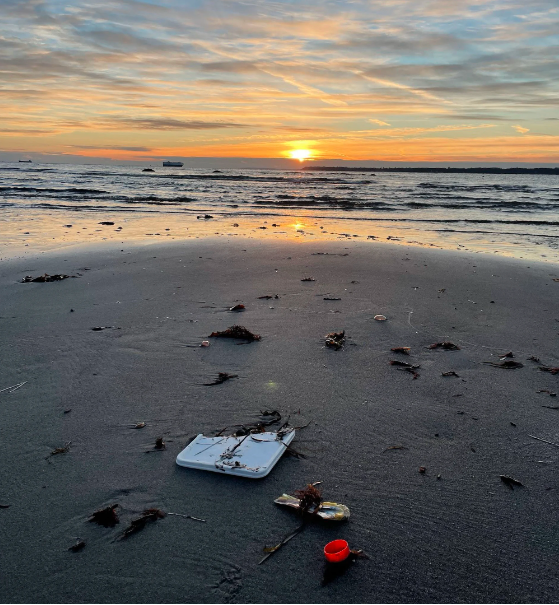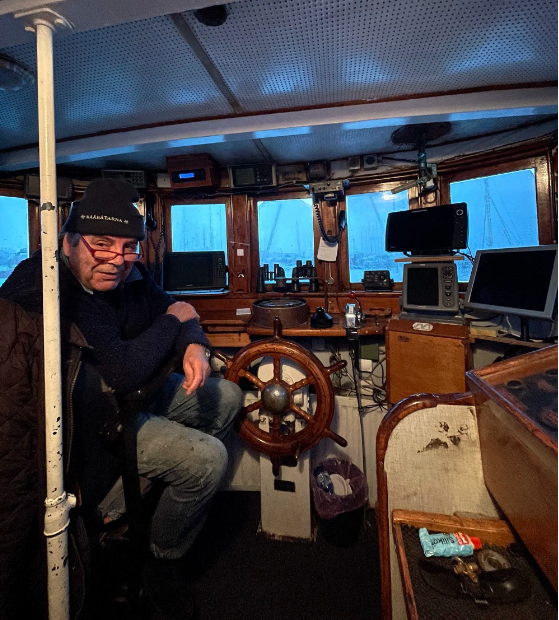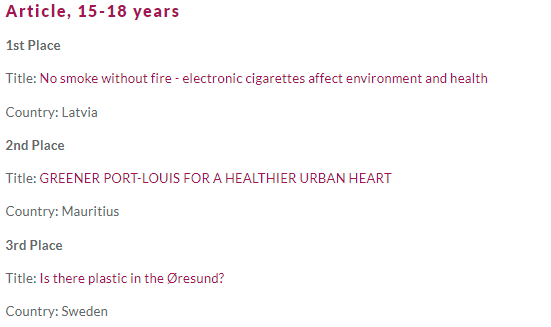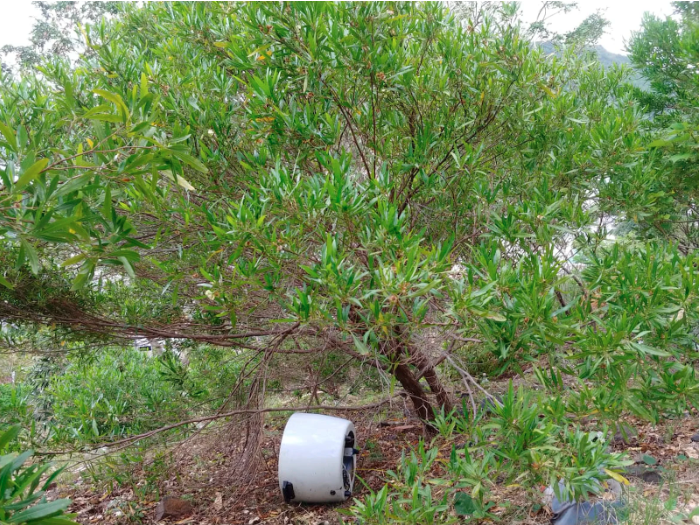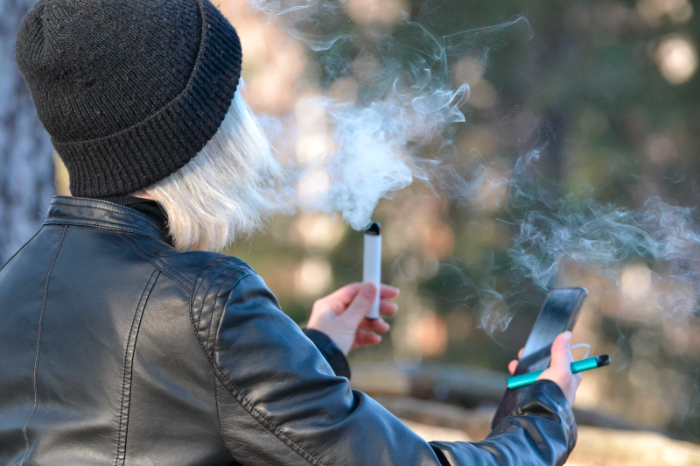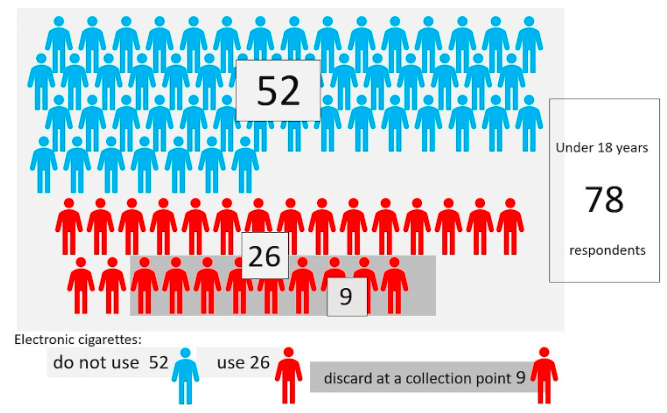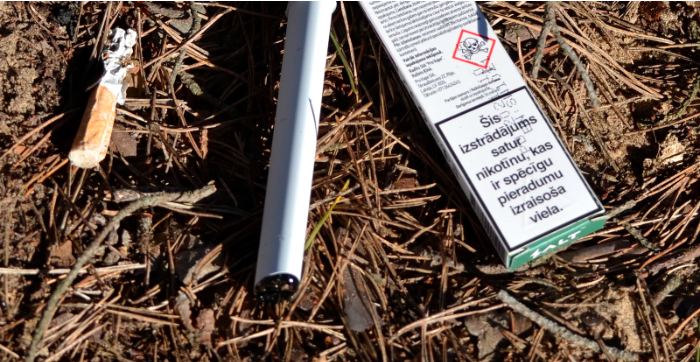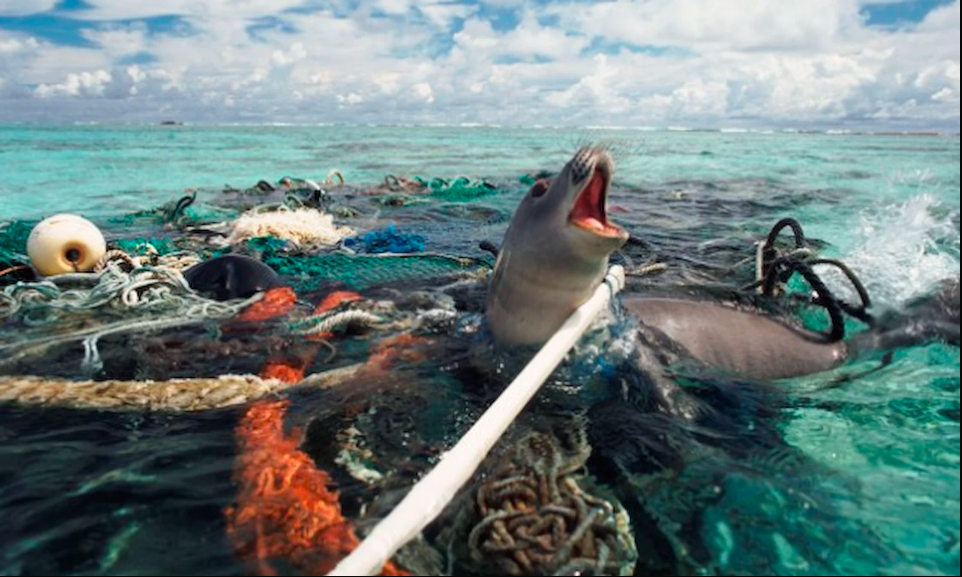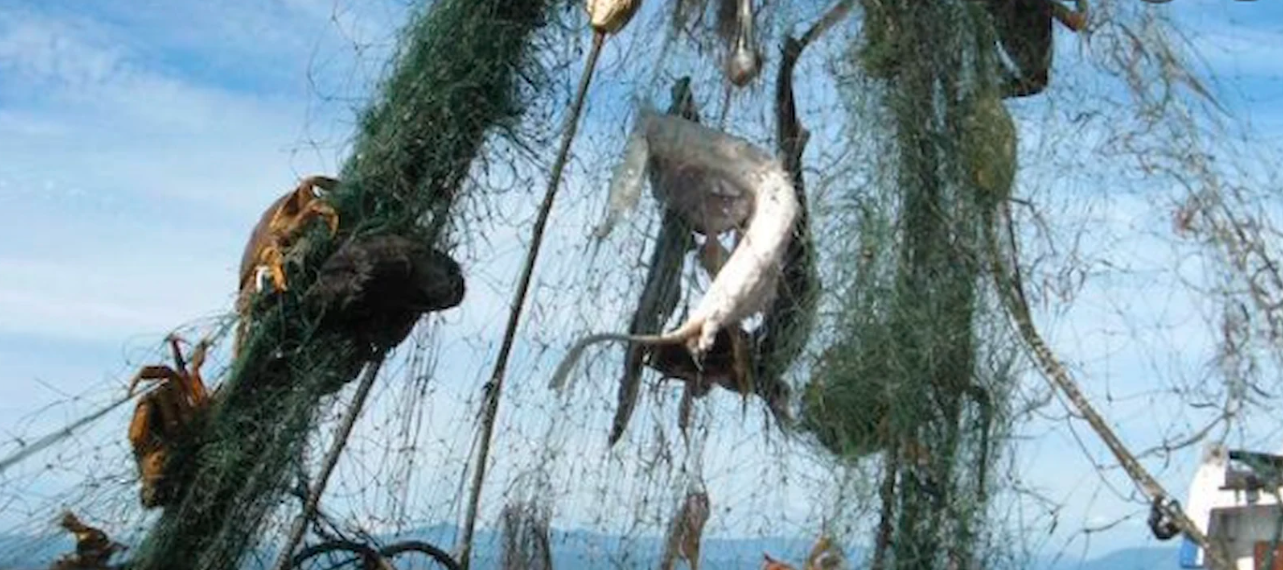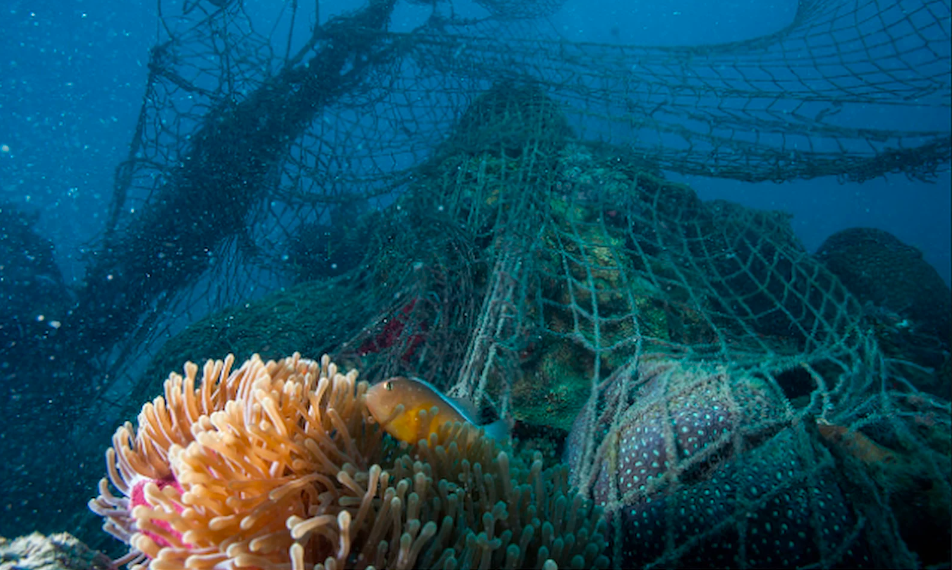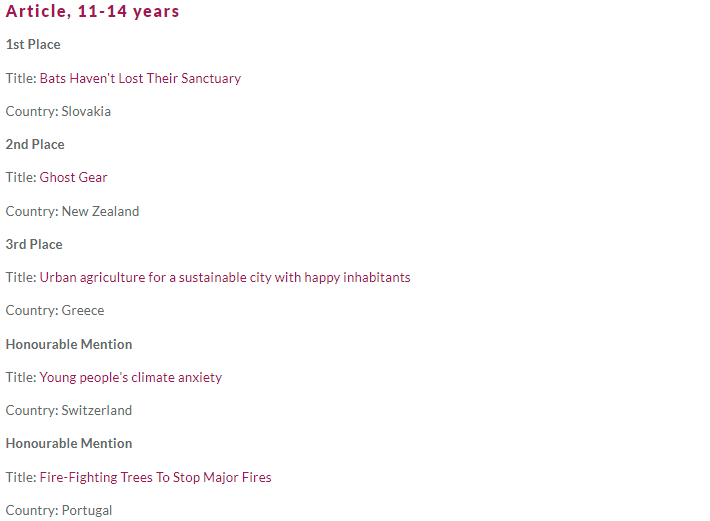YRE Competition 2022
1st Place - Article
19-25 years old
By Youssra elkhadiri - Hiba Amrani Mastari - oumaima stik - siham lomiri - mohamed tafala - wissal moutik
Climate change and uncontrolled human activity accelerate the deterioration of biodiversity and sustainability in eastern Morocco.
With an area spanning over 3,000,000 hectares, the wetlands of the Moulouya River stretch across eastern Morocco. Owing to the river and its biodiversity, the area is, since 2005, ranked among the world's top wetlands by Ramsar Convention. This biodiversity is more than ever endangered by climate change and human activity. The Moulouya and its surrounding wetlands are in pain, so what can be done to save whatever is left before it's too late?
Examination of the climate changes effects on the Moulouya River wetlands.
All along the coastal road (50 km) between Nador and Ras El Maa (eastern Morocco), a yellow veil of red dust and desert sand covers the countryside. This is a year of exceptional drought not seen by Morocco since the nineteen-eighties. Drought is a major cause of climate change, and the region of Moulouya and its river are among the hardest hit by it.
On arriving at the Moulouya, we encountered laborers of modest means, moving water along the banks of the river to help it reach the outlet. Moulouya for the second time in its history was unable to reach the Mediterranean. Instead, the sea overflowed, increasing the water salinity. Salinity pervaded all the wells that surround it, causing widespread economic, social and environmental damage. This is one of the domino effects caused by climate change in the region over the years, but not the only one.
Climate is ruthless
The Maghreb is one of the regions most impacted by climate change, according to UN Intergovernmental Panel on Climate Change findings. The latest data from Morocco's Ministry of Equipment and Water shows the country experienced substantial increase in average annual temperatures since 2001, rising a full point, while the country goes through its third consecutive year of drought.
The river Moulouya and its surrounding wetlands are not immune to these effects. Official statistics show that rainfall, which feeds the upper reaches of the river and sustains its biodiversity, decreased by 39% and 75% respectively in 2020 and 2022. This means the filling rate of the dam fed by the Moulouya Aquarium is down to 9%, which has multiple impacts.
With much sorrow and sadness, Najeeb Bashiri, head of the Environment and Human Association (based in the nearby city of Berkane), says, "Unfortunately, it is the second time in 50 years that Moulouya has not reached its estuary. Salinity rates are up to 7g/m3 at the estuary, while normal percentages should not exceed 0.5%.
Bashir adds with great apprehension, "Everything is in jeopardy: thirst knocks on the door of all cities along the river. Many crops were damaged or lost. Thousands of young people and families have lost their livelihoods. Production dropped, and the economic performance of activities depending on the river's water disrupted... Things could get worse unless something is done soon."
Human activity exacerbates the situation
M'hamed, a fisherman in his fifties we met at the Moulouya estuary remembers, "Before, we fished all year round and in abundant quantities. We could meet the needs of our families. Biological rest-periods were imposed to protect fish stocks. Our income suffered a little. Unfortunately, in recent years we are only allowed to fish three months a year. Fish stocks are falling, and some species have become rare."
Mhamed, who supports his wife and five children, tries to make ends meet by doing other seasonal work, and he is not the only one. Even those who used to hunt birds in season, can not do so this year. Numbers of incoming tourists also decreased, as the thermal waters of the Moulouya have dry-up and/or waned.
Interview with a fisherman working at the mouth of the Moulouya River.
These according to an official document of the National Office of Drinking Water and Electricity in Morocco (a government institution) include: a decrease in the productivity of groundwater resources due decreasing rainfall, over-exploitation of groundwater for agriculture, and unrelenting acceleration of demand for drinking water.
Berkane environment department, in whose jurisdiction the river lies, lists some of the reasons behind the degradation of biodiversity in Moulouya. The list includes haphazard construction on riverbanks and the chaotic use of the site by tourists, along with what it refers to as poor governance in the joint and integrated management of the area.
Human activity also includes modern intensive agriculture across the region of Berkane and the plain of Sabra, using up to 80% water resources, and causing considerable pollution. On one hand, outdated irrigation techniques and indiscriminate exploitation of water threaten to dry up aquifers and increase water waste. On the other hand, pesticides and chemical fertilizers pollute the water tables, harm biodiversity of soils, and jeopardize many areas that help ensure ecological balance, including bees.
Summer 2011, death of millions of fish caused by human activities pollution. Photo taken by environmental activists in the region.
FINDING A SOLUTION AND ACTING UPON IT IS URGENT
According to official Ramsar Convention website data published between 1970 and 2015, wetlands are disappearing three times faster than forests at the global level. Economic and environmental sustainability for future generations is at risk.
Solutions proposed by experts come in many shapes and forms, and the most important one relates to streamlining stakeholders, and ineffectiveness of interventions. Experts suggest creating a national agency for the management of wetlands and the protection of diversity, and the legislative reform of texts governing ecology, provided each ecological problem get legal text that is adapted to its specificities and challenges.
Legislation and effective coordination through cross-cutting policies and good governance alone are not sufficient. It is essential to activate oversight, tracking and evaluation mechanisms using accurate and up-to-date scientific data, to enable quick and effective measures. This, according to the experts, cannot succeed without a truly participatory approach to decision-making, via involvement of civil society or consultation with the population.
Our team's journey has ended, and we are all hopeful that the Moulouya River will dive into the Mediterranean once and for all. For this to happen, all should be aware and committed in a transparent manner, as environmental experts emphasize.
DISSEMINATION
Hamman Al-Fatawaki High School Facebook page and school community:
https://www.facebook.com/ELAMRAOUIZAKARIA2/posts/142351471621818
Regional Academy of Education and Training Facebook page:
https://www.facebook.com/oriental.aref/posts/1386313888511588


